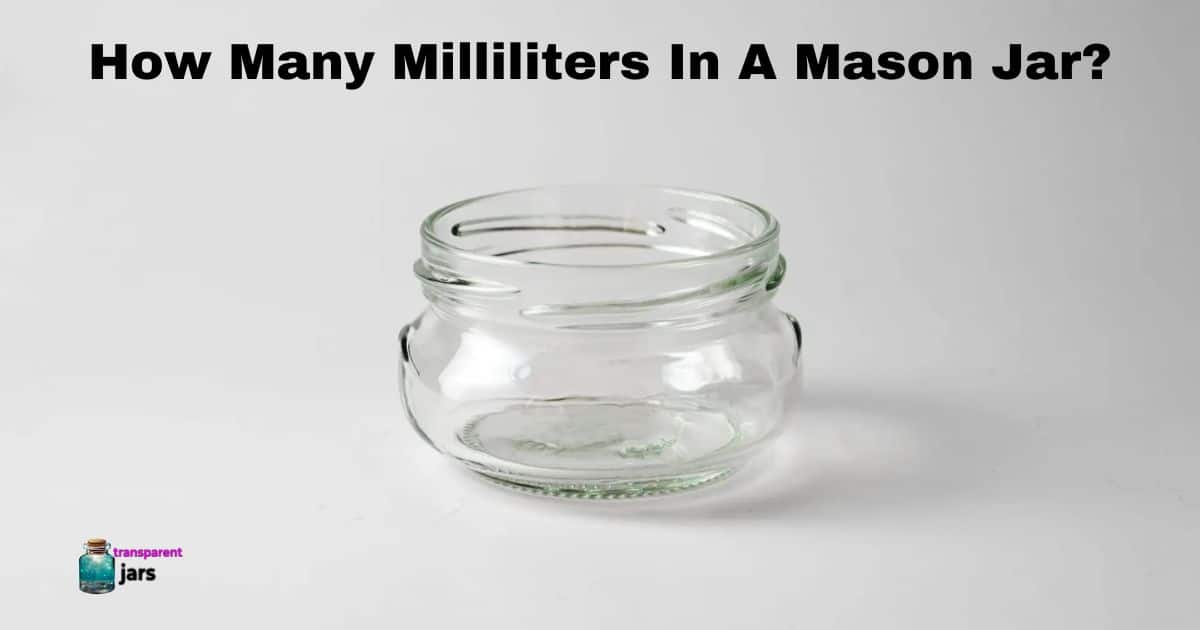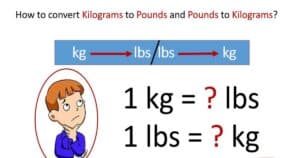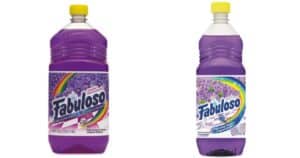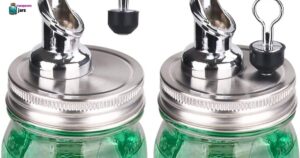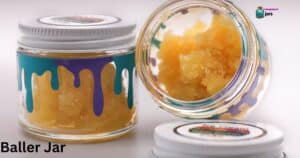Mason jars have become a versatile and popular container in many households. These are used for preserving jams, pickling vegetables, and even serving as trendy drinkware. Mason jars have varying sizes and understanding their milliliter capacity is essential. From pint to half-gallon jars, each serves a unique purpose. One common question that arises is, “How many milliliters are there in a mason jar?”
Ever wondered about the secret measurement of your favorite mason jar? Discover the magic behind the milliliters that turn your jams and sauces into kitchen legends. Let’s discuss how many milliliters these traditional jars can hold. In this article, we will discuss the various sizes of mason jars and provide a detailed breakdown of their milliliter capacities.
Mason Jar Sizes
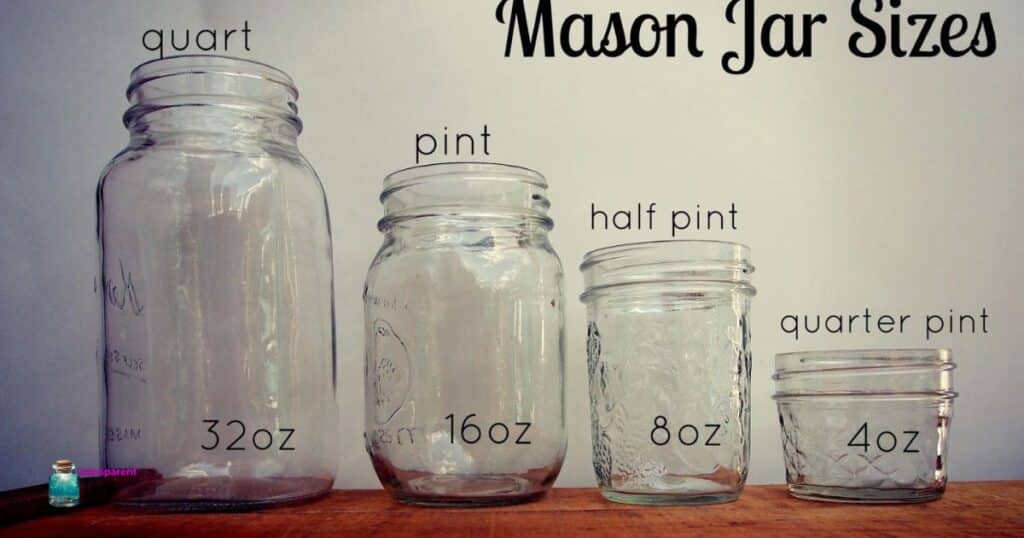
Mason jars come in a range of sizes, each designed to serve specific purposes. The most common sizes include:
1. Pint Mason Jars
Pint-sized mason jars are a popular choice for canning and preserving. They typically have a capacity of 16 fluid ounces, which is equivalent to approximately 473 milliliters.
2. Quart Mason Jars
Quart-sized mason jars are larger and often used for preserving larger quantities of food. A quart jar holds 32 fluid ounces, translating to approximately 946 milliliters.
3. Half-Gallon Mason Jars
For those who need even more storage space, half-gallon mason jars are available. These jars can hold 64 fluid ounces, or around 1,892 milliliters.
Metric Conversions
Understanding the metric conversions for common mason jar sizes is essential, especially for those who prefer working with milliliters rather than fluid ounces. Here’s a quick reference guide:
- Pint Mason Jar: 473 milliliters
- Quart Mason Jar: 946 milliliters
- Half-Gallon Mason Jar: 1,892 milliliters
Specialty Mason Jars
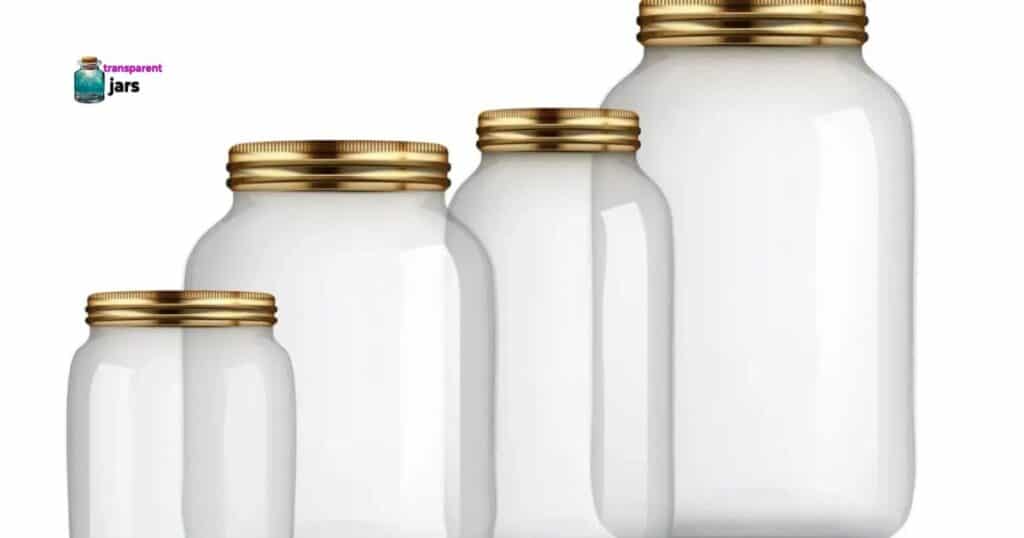
In addition to the standard sizes mentioned above, there are specialty mason jars designed for specific purposes, such as:
1. Jelly Jars
Jelly jars are smaller than pint-sized jars and are perfect for storing smaller quantities of jams and jellies. These typically have a capacity of 8 fluid ounces, or approximately 237 milliliters.
2. Mini Mason Jars
Mini mason jars are adorable and often used for serving individual portions of desserts or beverages. These tiny jars usually hold around 4 fluid ounces, equivalent to approximately 118 milliliters.
Practical Tips For Measurement
When using mason jars for recipes that require precise measurements, it’s essential to keep in mind that the markings on the jars may not always be entirely accurate. Here are some practical tips:
- Use a Measuring Cup: To ensure accuracy, use a separate measuring cup for liquids when filling your mason jars.
- Check for Graduations: Some mason jars come with graduated markings, allowing you to measure the contents more accurately.
How Many ml Is A Normal Mason Jar?
The specified mason jar has a capacity of 500 milliliters. Therefore, a “normal” or traditional mason jar in this case is a regular-mouth jar with a 500ml capacity. These jars, often used for various purposes such as storing salsas, syrups, vegetables, fruit, juices, seafood, sauces, and soups, are designed for efficient shelf storage with their rounded and squarish shape.
How Many Milliliters In A Mason Jar Of Water?
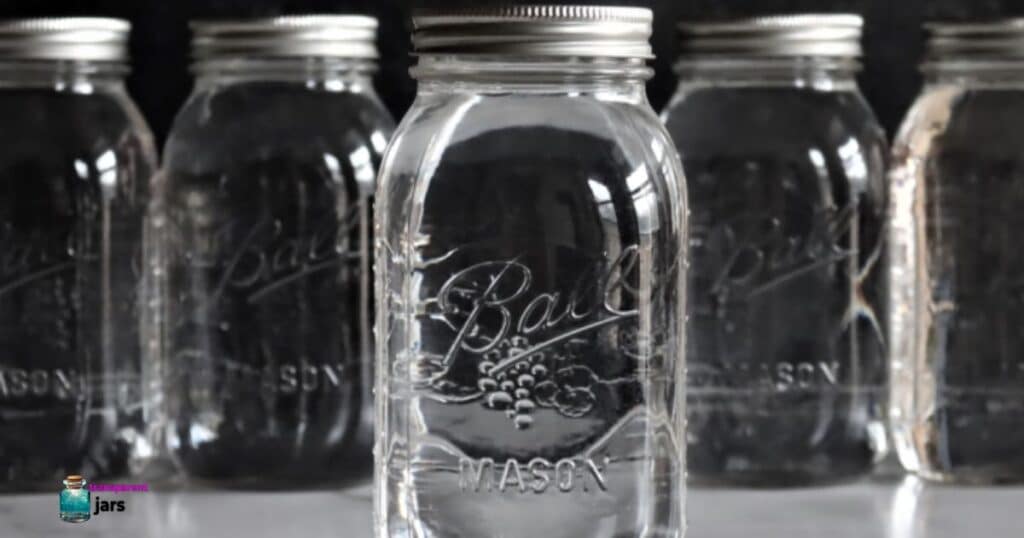
The milliliter capacity of a mason jar filled with water depends on the size of the jar. Mason jars come in various sizes, each with its own liquid capacity. Here’s a quick guide to help you determine the approximate milliliters in a mason jar filled with water:
- Pint Mason Jar: If you’re using a pint-sized mason jar, it will hold around 473 milliliters of water.
- Quart Mason Jar: A quart-sized mason jar can contain approximately 946 milliliters of water.
- Half-Gallon Mason Jar: For larger quantities, a half-gallon mason jar holds about 1,892 milliliters of water.
Keep in mind that these are approximate values, and the actual capacity may vary slightly depending on the specific design of the mason jar. If you’re looking for precise measurements, it’s advisable to use a measuring cup to fill the jar accurately.
FAQ’s
What is the difference between a mason jar and a regular jar?
Real Mason jars look a lot like the ones you see in stores, but the key difference is that their wider tops make a better seal. They’re also designed to handle the high pressure needed for canning, so they won’t break.
What size mason jar is 750ml?
A standard mason jar size that holds approximately 750 milliliters is not common. Mason jars are typically manufactured in standard sizes such as pint (473 ml), quart (946 ml), and half-gallon (1,892 ml). If you specifically need a jar with a 750ml capacity, you may need to explore other types of containers or jars, as this size does not align with the traditional mason jar sizes.
How big is 125 ml jar?
This 125 ml (4 oz) wide-mouth, unbreakable jar is ideal for holding small items and solid chemical storage. It is 65 mm tall and 53 mm in diameter.
What size is a 250 ml mason jar?
Mason jars are commonly manufactured in standard sizes like pint (473 ml), quart (946 ml), and half-gallon (1,892 ml). A 250 ml mason jar is not a standard size, as mason jars typically come in these standard measurements. If you’re looking for a jar with a 250 ml capacity, you may want to consider other types of jars or containers that come in this size.
How big is a 1 Litre mason jar?
A standard 1-liter mason jar typically has a capacity of 1,000 milliliters. Mason jars are commonly found in various sizes, and the 1-liter version is a popular choice for larger quantities of preserving, storing, or serving beverages. The 1-liter mason jar is equivalent to 33.8 fluid ounces or approximately four cups.
Conclusion
How to open a sealed mason jar? The number of milliliters in a mason jar depends on its size, with pint, quart, and half-gallon being the most common options. Understanding these sizes and their metric equivalents can be particularly helpful for those who prefer working with the metric system. Whether you’re preserving seasonal fruits or creating trendy DIY crafts, knowing the milliliter capacity of your mason jars ensures precision in your endeavors.

